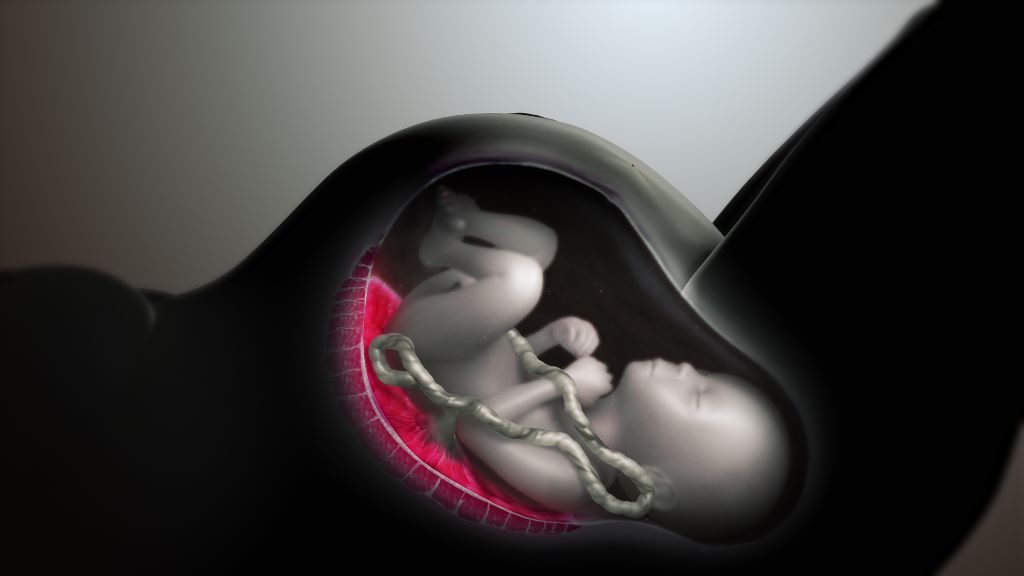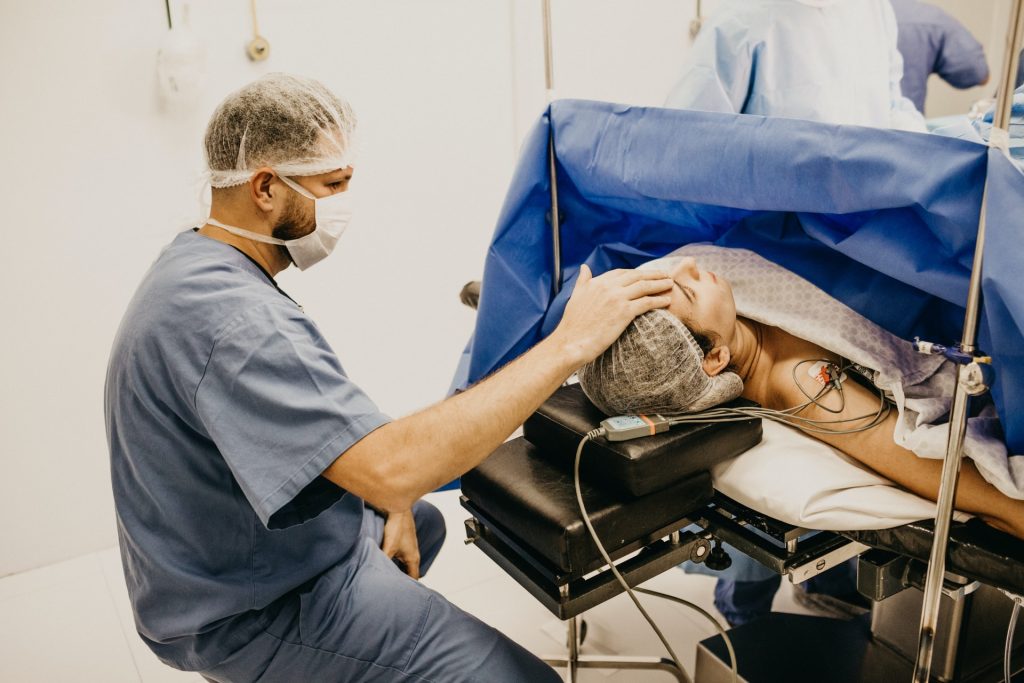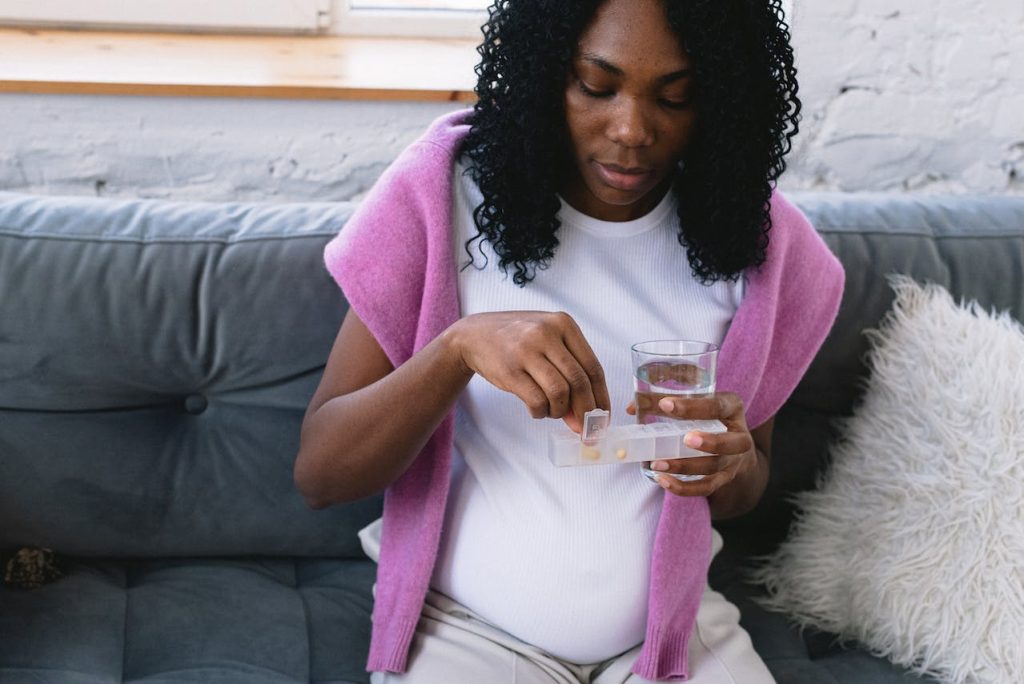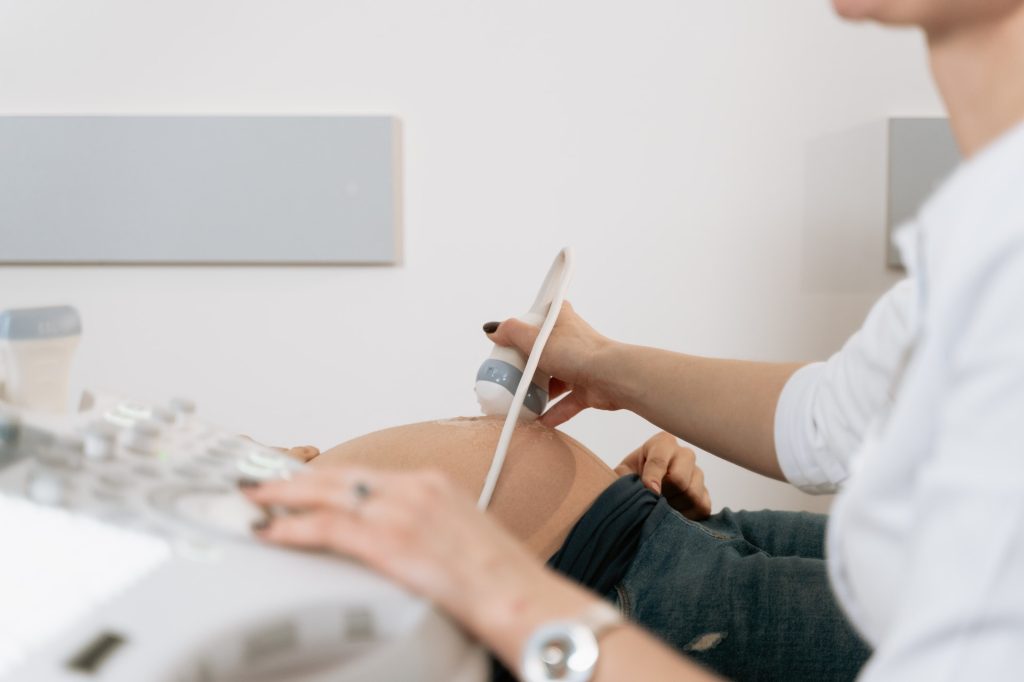Amniotic Fluid Protects Both Baby and Birthing Parent, Research Finds

Researchers at Oregon Health & Science University have made new discoveries about amniotic fluid, which is historically not well understood in medical research due to the difficulty in obtaining it during pregnancy, especially across gestation in birthing parents.
In addition to providing much-needed cushion and protection for the foetus, amniotic fluid also aids in development of vital organs – especially the lungs, digestive tract and skin – and stabilises the temperature inside the womb.
The new study, published in the journal Research and Practice in Thrombosis and Haemostasis, found that the addition of amniotic fluid to plasma improves the blood’s ability to thicken and clot, which is a critical and likely a protective function throughout pregnancy and during delivery for both the birthing parent and the baby. It also appears to offer other unexpected functions, such as serving as a ‘pre-milk’ for foetuses.
The mechanism of amniotic fluid’s role in foetal development is not well understood and is understudied: The OHSU study is one of the first to identify how the features and properties of amniotic fluid change over time, especially those properties that play a role in thickening the blood, and how those changes can affect how maternal blood coagulates. If a pregnant person’s blood does not clot properly, it can create life-threatening complications for the foetus and birthing parent, including excessive bleeding during pregnancy and delivery.
“We have always known that amniotic fluid is very important for foetal development and growth, but we don’t know much about it beyond that,” said the study’s corresponding author Jamie Lo, MD, MCR., associate professor of obstetrics and gynaecology (maternal-foetal medicine) in the OHSU School of Medicine, and Division of Reproductive & Developmental Sciences at the Oregon National Primate Research Center, or ONPRC. “We examined amniotic fluid across the pregnancy and found that indeed the composition and proteins in the amniotic fluid do change to match the growing needs of the developing baby.”
This discovery prompted Lo and her team to work with scientists in the Department of Biomedical Engineering at OHSU to take a deeper dive into the potential protective factors of amniotic fluid, and consider potential regenerative and therapeutic uses that could be developed down the road.
The research involved a multidisciplinary team including Lo, Chih Jen Yang, MD, Lyndsey Shorey-Kendrick, PhD, Joseph Shatzel, MD, MCR, Brian Scottoline, MD, PhD, and Owen McCarty, PhD.
Researchers analysed the properties of amniotic fluid obtained by amniocentesis, a prenatal test that involves sampling a small amount of amniotic fluid to examine the health of the pregnancy, from both human and non-human primates at gestational-age matched timepoints. The findings showed that amniotic fluid increases blood clotting through key fatty acids and proteins that change each trimester and help regulate coagulation.
With the untapped potential for amniotic fluid to aid in diagnosing and treating various prenatal conditions, researchers are now collaborating with Sanjay Malhotra, PhD, professor of cell, developmental and cancer biology in the OHSU School of Medicine, to target disorders of pregnancy – including disorders that affect the blood and blood-forming organs – that could benefit from the protective properties of proteins and other compounds within amniotic fluid.
Researchers are eager to learn more about the potential uses of amniotic fluid components and how they might be harnessed to improve prenatal and maternal health.
“Babies born prematurely miss out on critical weeks developing within amniotic fluid,” said the study’s co-senior author Brian Scottoline, MD, PhD, professor of paediatrics (neonatology), OHSU School of Medicine. “But if we have a better understanding of amniotic fluid, how it develops and what properties are valuable for what functions, that opens up many new possibilities for creating new therapies.”
“Through our research, our team is learning that amniotic fluid may be a critical precursor to breast milk – almost like ‘pre-term’ milk for a foetus in utero. With that analogy, could we eventually develop a formula that’s fit for preterm babies that mimics amniotic fluid, aiding in growth and development and protecting babies from complications of being born prematurely?” Lo added. “This is really the tip of the iceberg for what’s possible.”







